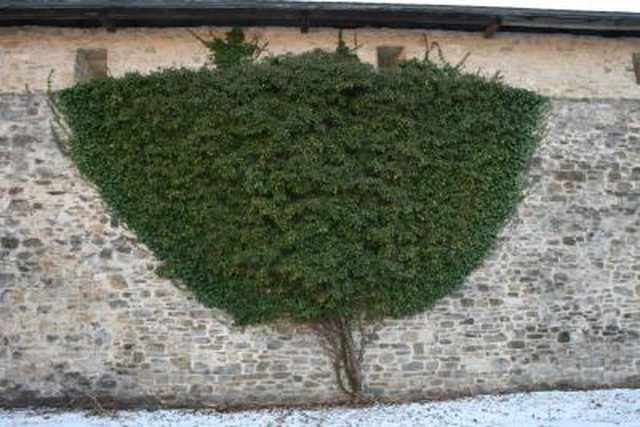Bulbs
Flower Basics
Flower Beds & Specialty Gardens
Flower Garden
Garden Furniture
Garden Gnomes
Garden Seeds
Garden Sheds
Garden Statues
Garden Tools & Supplies
Gardening Basics
Green & Organic
Groundcovers & Vines
Growing Annuals
Growing Basil
Growing Beans
Growing Berries
Growing Blueberries
Growing Cactus
Growing Corn
Growing Cotton
Growing Edibles
Growing Flowers
Growing Garlic
Growing Grapes
Growing Grass
Growing Herbs
Growing Jasmine
Growing Mint
Growing Mushrooms
Orchids
Growing Peanuts
Growing Perennials
Growing Plants
Growing Rosemary
Growing Roses
Growing Strawberries
Growing Sunflowers
Growing Thyme
Growing Tomatoes
Growing Tulips
Growing Vegetables
Herb Basics
Herb Garden
Indoor Growing
Landscaping Basics
Landscaping Patios
Landscaping Plants
Landscaping Shrubs
Landscaping Trees
Landscaping Walks & Pathways
Lawn Basics
Lawn Maintenance
Lawn Mowers
Lawn Ornaments
Lawn Planting
Lawn Tools
Outdoor Growing
Overall Landscape Planning
Pests, Weeds & Problems
Plant Basics
Rock Garden
Rose Garden
Shrubs
Soil
Specialty Gardens
Trees
Vegetable Garden
Yard Maintenance
How to Kill English Ivy
How to Kill English Ivy. English Ivy is often planted in landscaping as an ornamental vine. Left unchecked, though, it can become invasive, especially in wooded areas. The heavy ground-level mat can eliminate vegetation, smothering indigenous plants as well as new tree saplings. The climbing vines endanger the lives of mature trees, by increasing...
English Ivy is often planted in landscaping as an ornamental vine. Left unchecked, though, it can become invasive, especially in wooded areas. The heavy ground-level mat can eliminate vegetation, smothering indigenous plants as well as new tree saplings. The climbing vines endanger the lives of mature trees, by increasing their weight, harboring vermin and reducing airflow around their trunk.

Things You'll Need
Heavy work gloves
Garden lopper or chainsaw
Chemical herbicide (optional)
Step 1
Cut a "girdle" from the ivy on the trunks of trees. Using garden loppers or even a chainsaw if necessary, remove the ivy from the tree by cutting two rings around the tree trunk, at shoulder height and at knee height. Use extreme caution near the tree's bark, not to damage it. Then, strip away all of the vines growing between the cuts. Be aware of any small vines that may have snuck underneath the bark, as they can feed the entire upper portion of the vine. English Ivy vines, when they grow over one another, tend to fuse together. This is how mats are formed and one way that a tiny portion of vine can provide nourishment for everything growing above.

Step 2
Cut into the mats of Ivy and pull it up. The roots are shallow, so this method is effective. Around trees, cut a 6-foot radius and clear all of the ivy at the base of the tree. The Portland, Oregon "No Ivy League" calls this a Full Lifesaver, and claims that it can halt an English Ivy infestation for ten years. The ivy, apparently, begins to grow away from the tree, rather than toward it. It's important to remove all of the ivy, roots and vines. Revisit the area regularly to be sure that nothing survives.

Step 3
Apply an herbicide, like Roundup (glyphosate), Finalt (glufosinate), Brush B Gone (triclopyr) or Spectracide Grass & Weed Killer (diquat), following the manufacturer's instructions. All of these will kill English Ivy but the process is slow. Ivy has leathery leaves and can re-root quickly. For a large infestation, it may not be an effective method but for maintenance, chemical treatments may work well, with diligent application.
